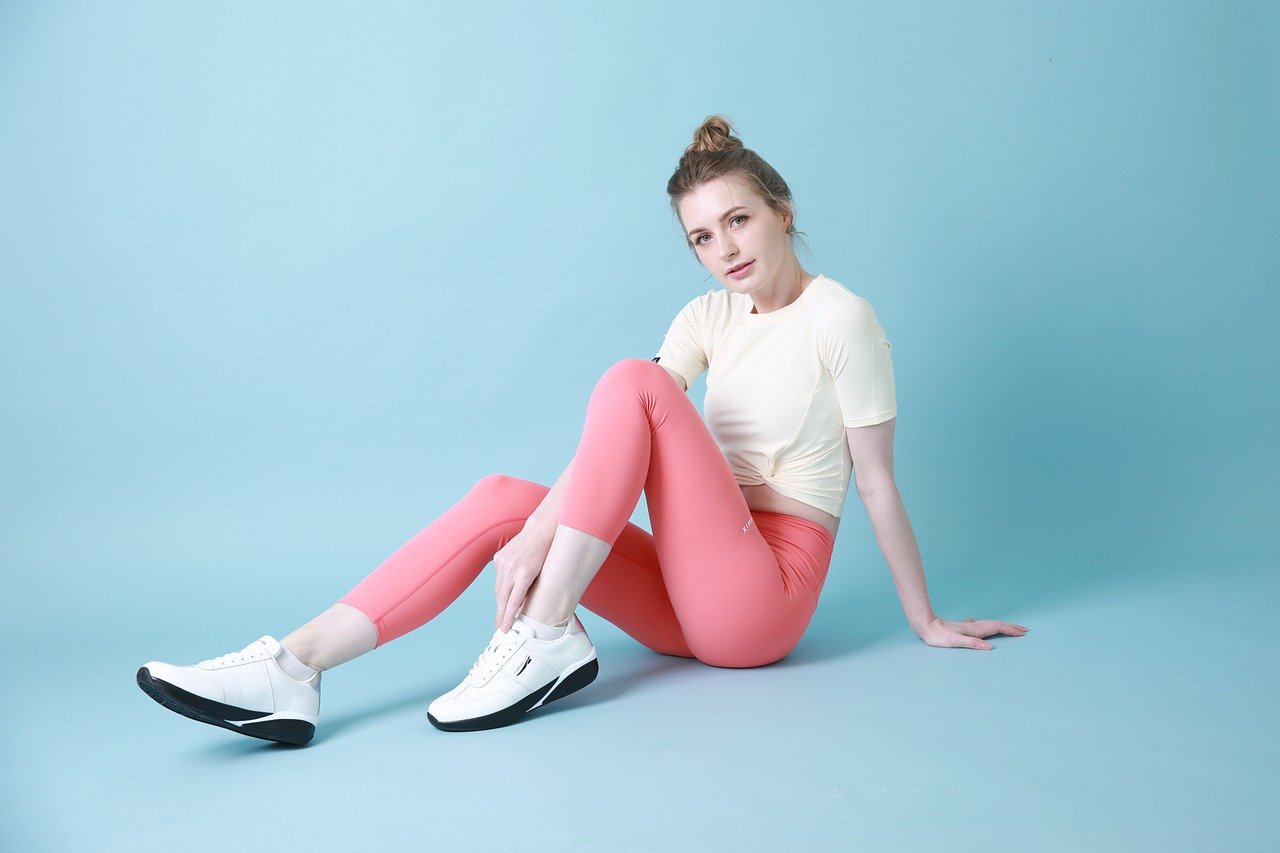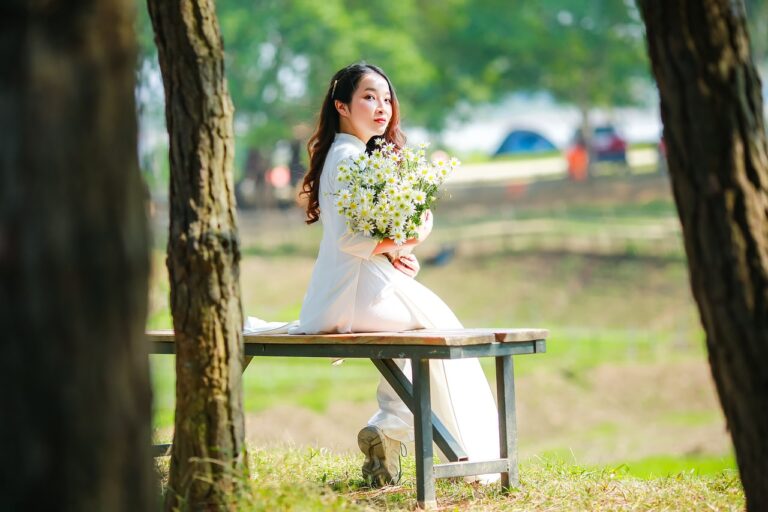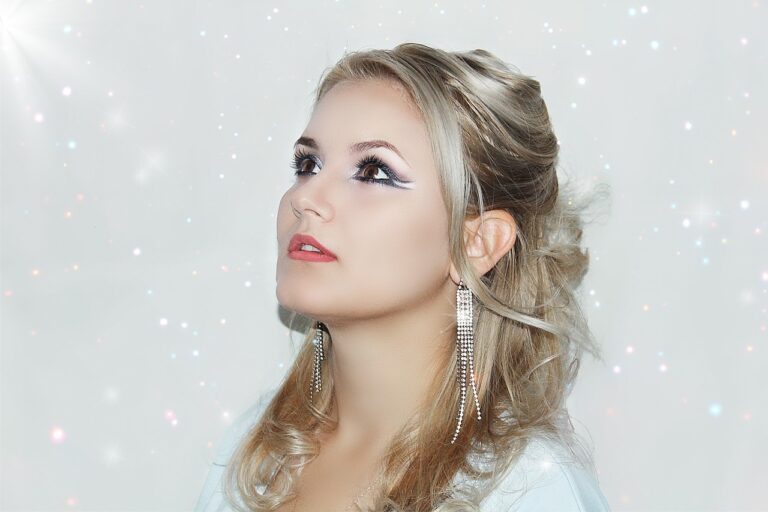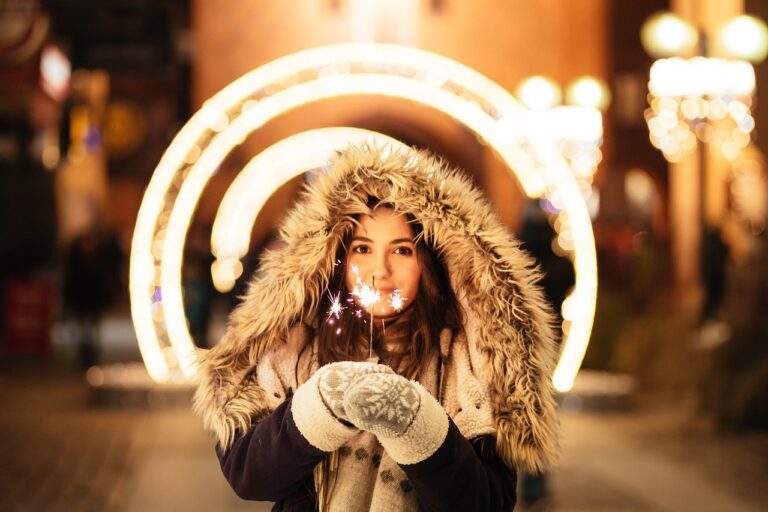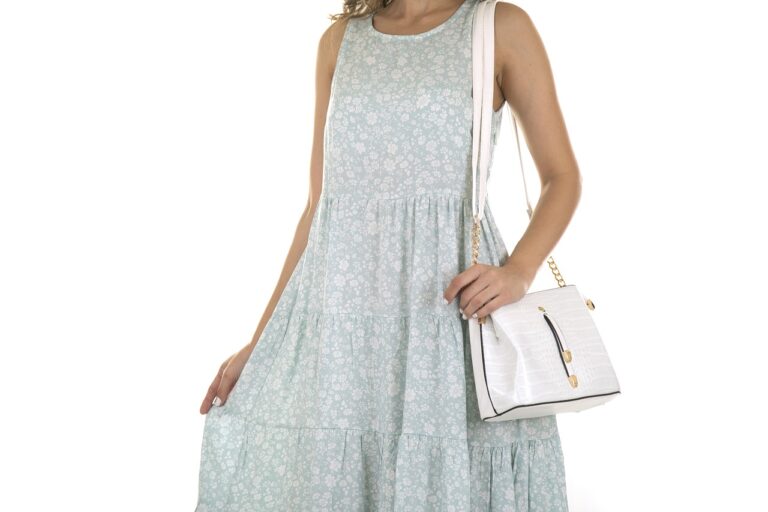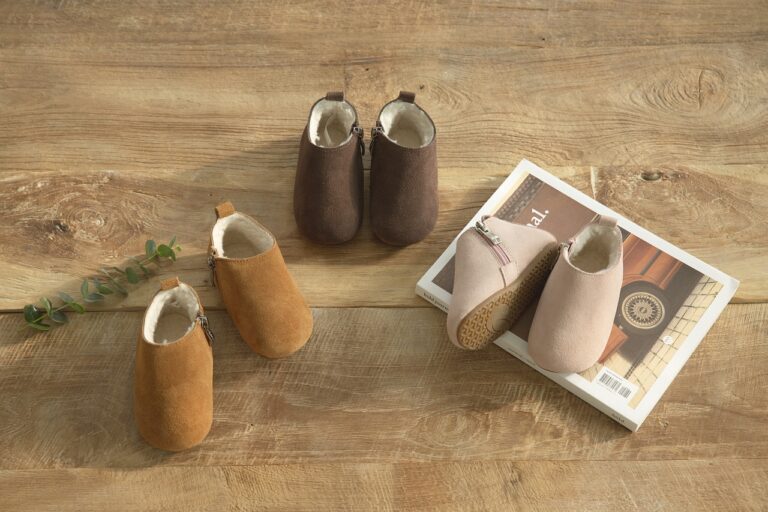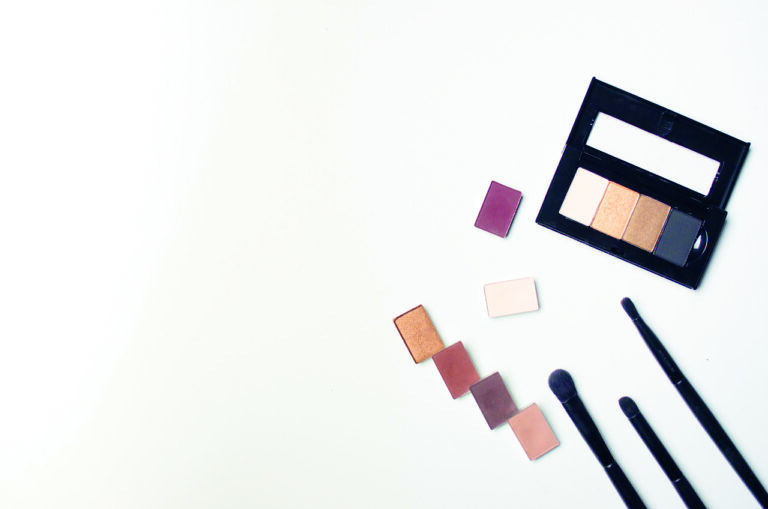Fashion and Literature: Fashionable Characters and Stylish Settings in Books
When we think of fashion, our minds often drift to runways, magazines, and red carpets. But fashion isn’t just limited to the world of haute couture and glamorous events; it also plays a significant role in literature. From sharply dressed characters to lush descriptions of stylish settings, fashion is a common thread woven through many beloved books. In this article, we’ll explore how fashion is portrayed in literature, discussing some of the most fashionable characters and stylish settings in books.
The Great Gatsby: Jazz Age Glamour
One of the most iconic examples of fashion in literature is F. Scott Fitzgerald’s “The Great Gatsby.” Set in the roaring 1920s, the novel is a vivid portrayal of Jazz Age glamour and excess. The characters in the novel are impeccably dressed, with Jay Gatsby himself known for his bespoke suits and lavish parties. Fitzgerald’s descriptions of flapper dresses, feathered headbands, and Art Deco jewelry bring the era to life, making fashion an integral part of the story.
Anna Karenina: Russian Elegance
Leo Tolstoy’s “Anna Karenina” is another classic novel that showcases the importance of fashion in literature. Set in Imperial Russia, the novel features characters dressed in sumptuous fabrics, intricate embroidery, and opulent jewels. Anna herself is described as a fashion icon, with her elegant gowns and stylish accessories reflecting her status as a high-society woman. Tolstoy’s detailed descriptions of clothing and accessories help transport readers to the glamorous world of 19th-century Russian aristocracy.
The Devil Wears Prada: High-Fashion Drama
Lauren Weisberger’s “The Devil Wears Prada” takes readers behind the scenes of the high-fashion industry, offering a glimpse into the glamorous yet cutthroat world of fashion magazines. The novel’s protagonist, Andy Sachs, navigates this world of designer labels and runway shows, struggling to keep up with the demanding expectations of her boss, the formidable Miranda Priestly. Weisberger’s sharp wit and keen eye for fashion trends make “The Devil Wears Prada” a must-read for anyone interested in the intersection of fashion and literature.
Wuthering Heights: Romantic Style
Emily Bront맳 “Wuthering Heights” may not be a typical fashion-forward novel, but the characters’ clothing choices play a significant role in the story. The novel’s Gothic setting is reflected in the characters’ dark, somber attire, with Heathcliff and Catherine dressed in moody shades of black and gray. Bront맳 descriptions of the characters’ clothing mirror their emotions and inner turmoil, adding depth and complexity to the narrative.
The Age of Innocence: Gilded Age Opulence
Edith Wharton’s “The Age of Innocence” is a masterful portrayal of Gilded Age opulence and social hierarchy in New York City. The novel’s characters are defined by their elaborate costumes and accessories, with descriptions of lavish ball gowns, beaded gloves, and diamond tiaras setting the scene for a world of wealth and privilege. Wharton’s keen observations of fashion and society make “The Age of Innocence” a rich and immersive read for fashion enthusiasts.
Madame Bovary: Romanticized Fashion
Gustave Flaubert’s “Madame Bovary” is a cautionary tale of romanticized fashion and its consequences. The novel’s protagonist, Emma Bovary, is driven by a desire for luxury and sophistication, leading her to accumulate debts in pursuit of the latest fashions and trends. Flaubert’s vivid descriptions of Emma’s extravagant wardrobe serve as a commentary on the superficiality and emptiness of the pursuit of fashion, making “Madame Bovary” a timeless exploration of the allure and pitfalls of materialism.
FAQs
1. How does fashion contribute to character development in literature?
Fashion can be used as a powerful tool to reveal a character’s personality, social status, and emotions. The way a character dresses and accessorizes can provide valuable insights into their background, values, and motivations, helping readers to better understand and connect with them.
2. Why is fashion an important element in literature?
Fashion adds richness and depth to the world of a novel, helping to create a vivid and immersive setting for the story. Descriptions of clothing, accessories, and hairstyles can evoke a specific time period, social milieu, or mood, enhancing the reader’s experience and bringing the narrative to life.
3. Are there any modern novels that feature fashion as a central theme?
Yes, there are many contemporary novels that explore the world of fashion and its impact on society and individuals. Some examples include “The Devil Wears Prada” by Lauren Weisberger, “Crazy Rich Asians” by Kevin Kwan, and “The Dressmaker” by Rosalie Ham.
Overall, fashion and literature have long been intertwined, with authors using clothing and style to enhance their storytelling and create memorable characters and settings. Whether it’s the glamorous world of 1920s parties in “The Great Gatsby” or the opulent ballrooms of Gilded Age New York in “The Age of Innocence,” fashion continues to play a significant role in shaping the worlds of our favorite books.

